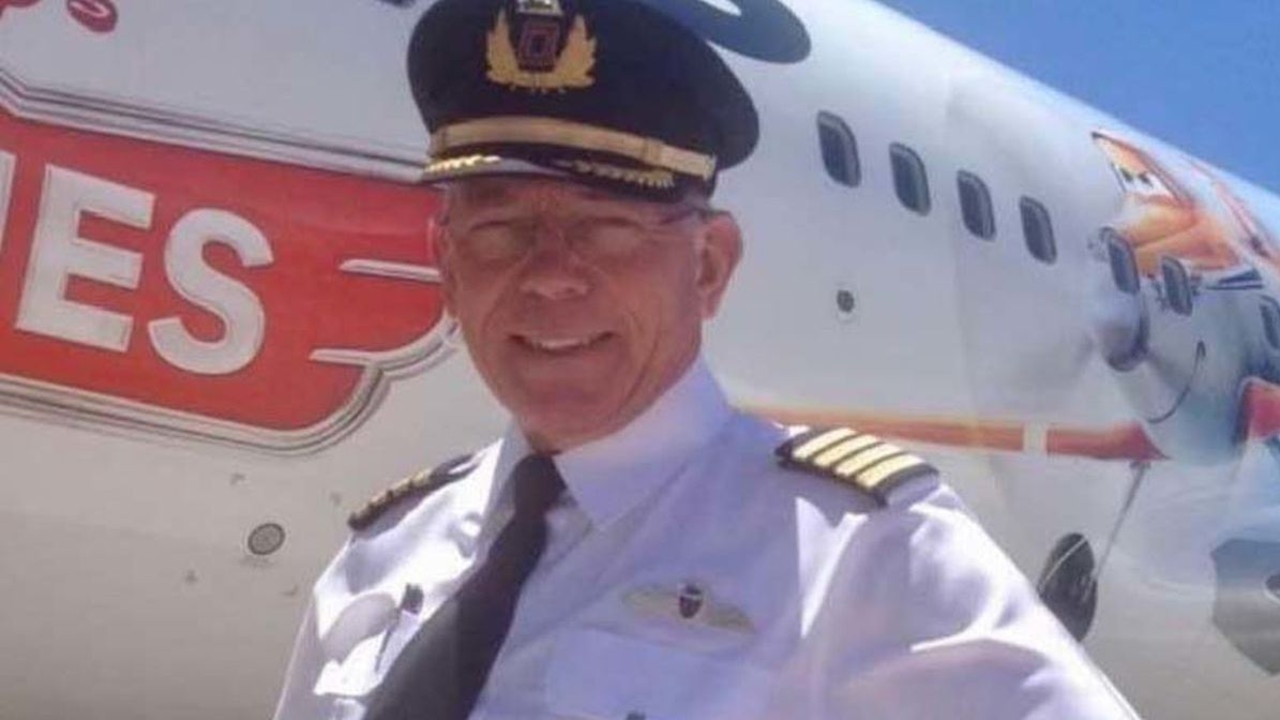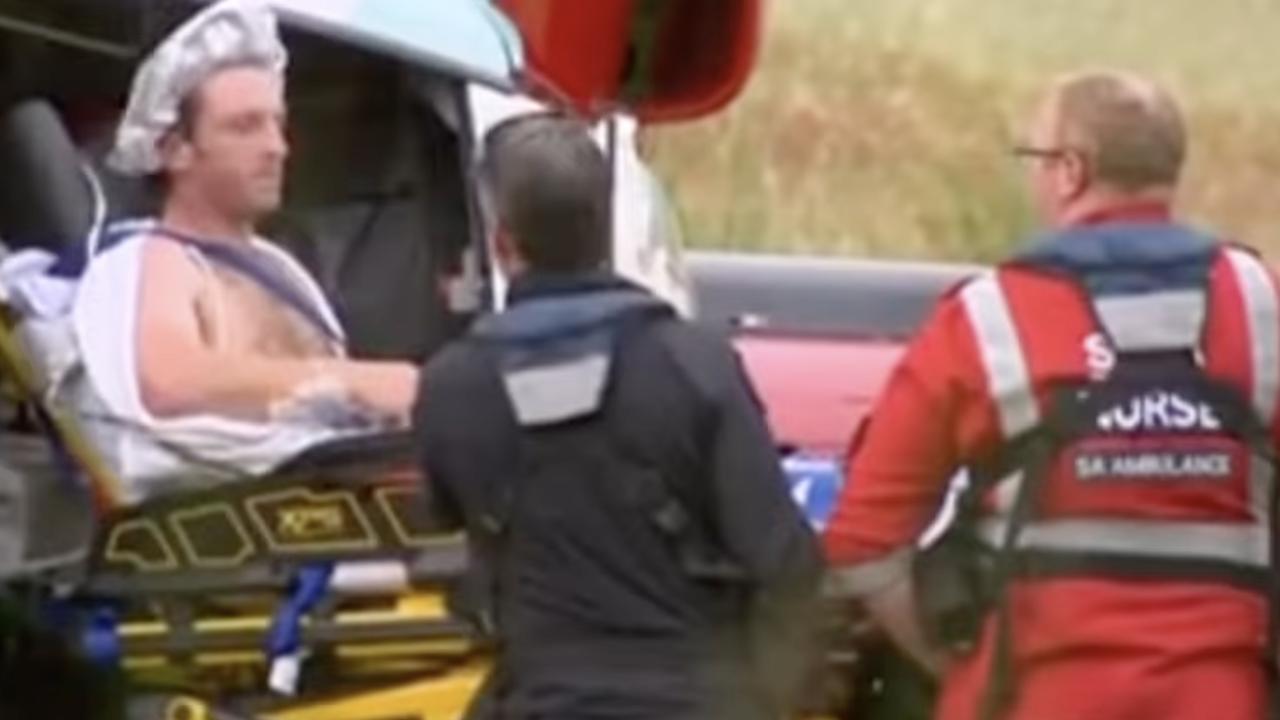Mount Everest: How an Australian climber survived the world’s tallest summit
Despite almost losing his life on his fourth attempt at climbing Mount Everest, one Aussie refuses to rule out trying again.
Despite being “whisper close to death” after his fourth attempt at climbing Mount Everest, Gilian Lee said it would always be “unfinished business” and refused to rule out tackling the world’s tallest summit again.
The Aussie climber’s obsession with Everest has seen him risk his life multiple times and he should have been the latest victim at the hands of the mountain if it wasn’t for an incredible rescue and story of survival.
However, the Canberra man told Channel 7 reporter Matt Doran in an exclusive interview on Sunday Night, “Everybody dies, OK? It’s how you live.”
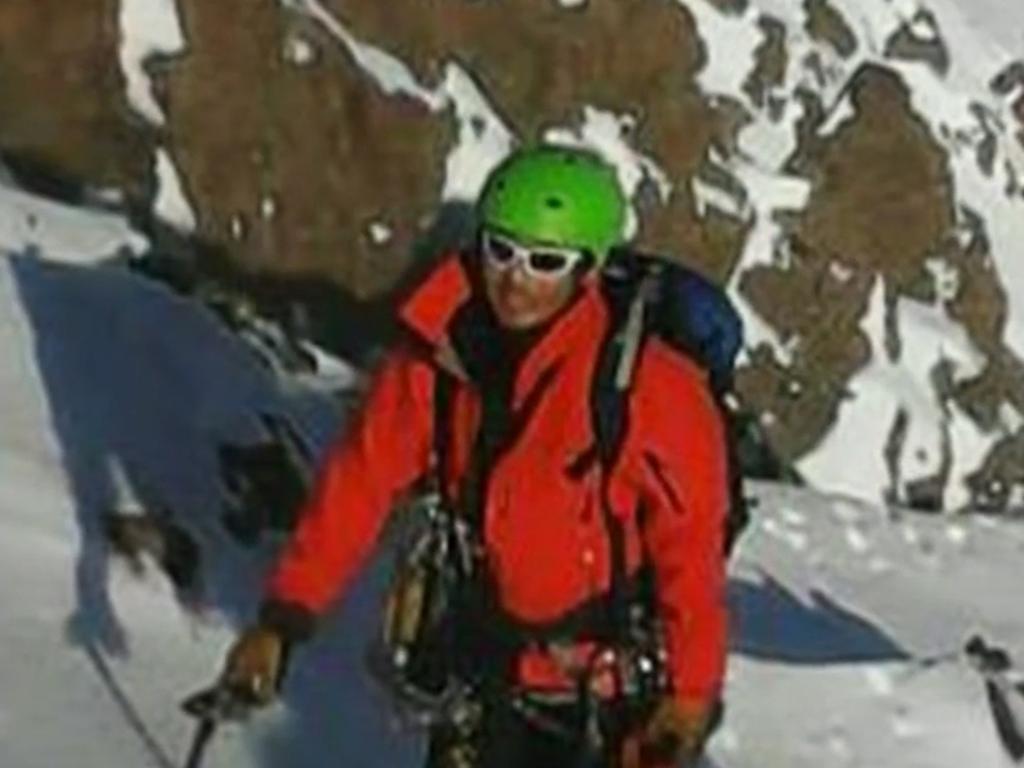
Mr Lee’s mother, Julie Peck, who rushed to Kathmandu to care for her son after his near-death experience on Everest, added, “He’s been up many times — accidents and rescued many times — and he still goes back.
“And I tell you for a fact, when he has … when he slowly recovers, and as soon as he thinks that he has the strength, Matt, that wheel will be … you know, ticking over again, ‘How am I going back to Everest?’”
Describing seeing her son after his last dramatic rescue, Ms Peck said, “It seems like I was looking at an old man — a very sick old man who has lost all his energy and power of the son that I knew. I couldn’t recognise him, you know? Like, physically.”
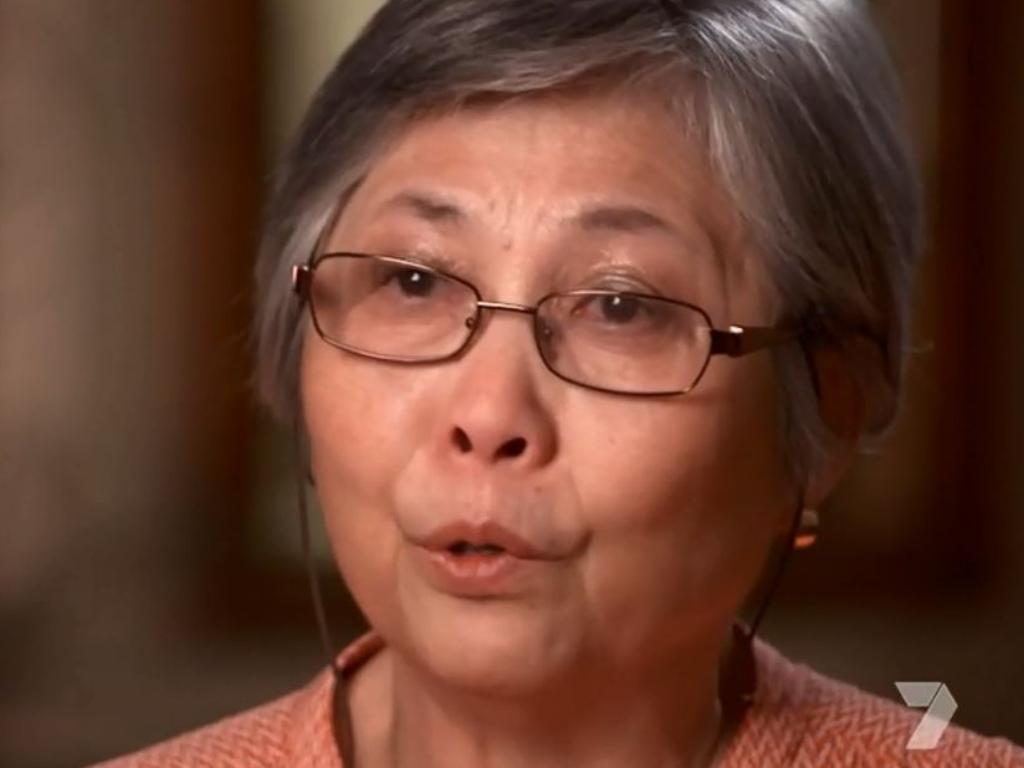
During his last attempt at Everest, Mr Lee collapsed and fell unconscious on his way to the summit; his dream and life could have been over but instead, he was met with a miracle. A stroke of luck at 7500ft that ultimately saved his life.
“My body just switched off,” Mr Lee told Doran on Sunday Night.
Despite coughing “continuously” and being encouraged to turn back during his attempt to scale the summit, Mr Lee refused.
The Canberra local had made a similar attempt three times prior to his 2019 expedition, and after being unsuccessful in 2015, 2017 and 2018 — turning back a fourth time was no option.
“How do you say no … how do you cancel your dream?” Mr Lee said of his decision to keep climbing.
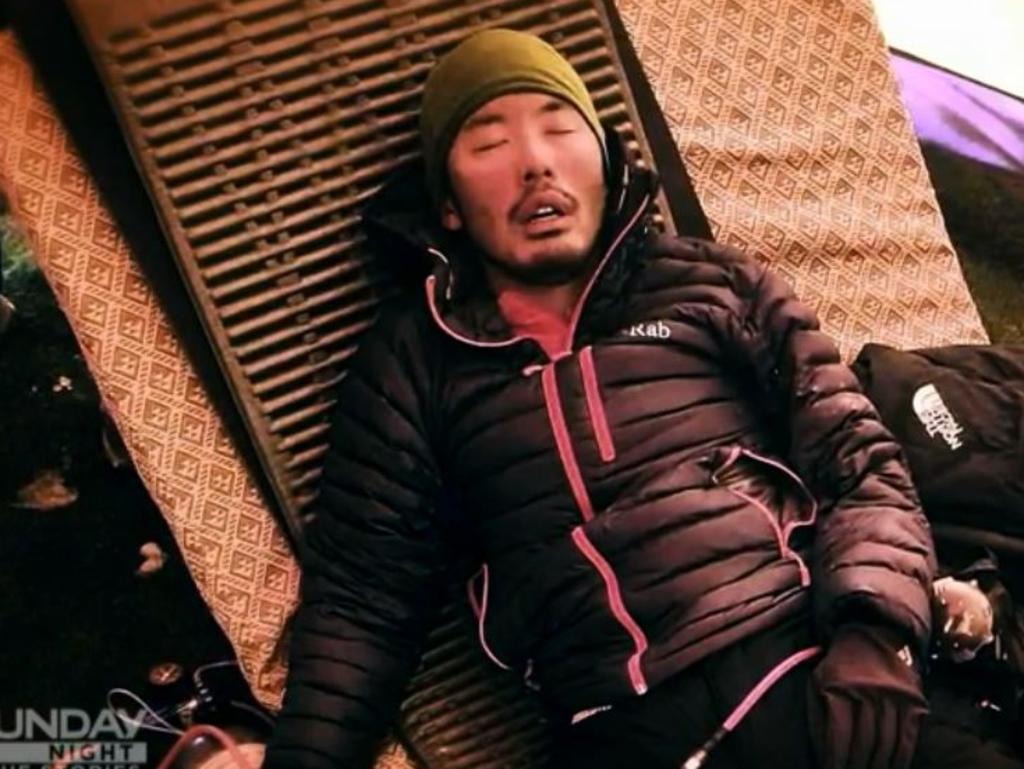
Mr Lee had been active on social media and his blog account during the lead up to climbing Everest, with an ambitious goal to climb 14 mountains higher than 8000 metres without supplemental oxygen or drugs.
“I have put a lot of pressure onto myself,” he wrote the day before he collapsed, noting he had been suffering from a “killer sore throat” and “persistent chest infection”.
“I am running out of (money) to keep chasing this dream.”
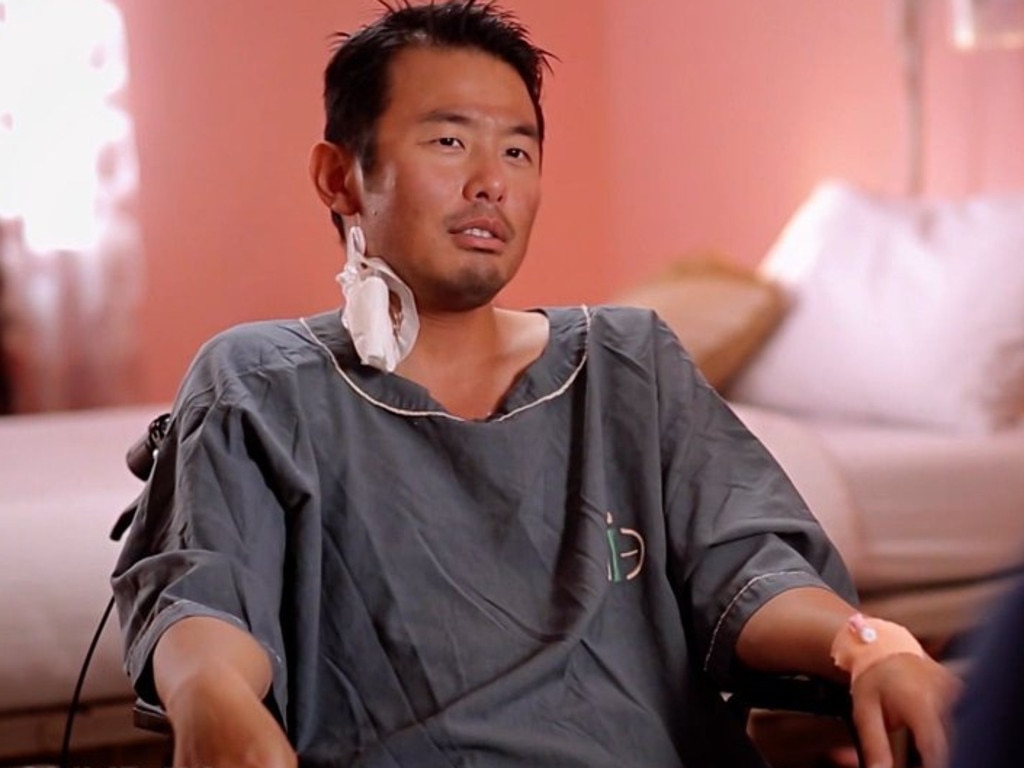
According to the ABC, Italian mountaineer Jean-Marie Rossi was on the same expedition as Mr Lee, and said he saw him deteriorate quickly.
“(He had) so much trouble with his acclimatisation,” Mr Rossi said. “(He was) always coughing, continuously.
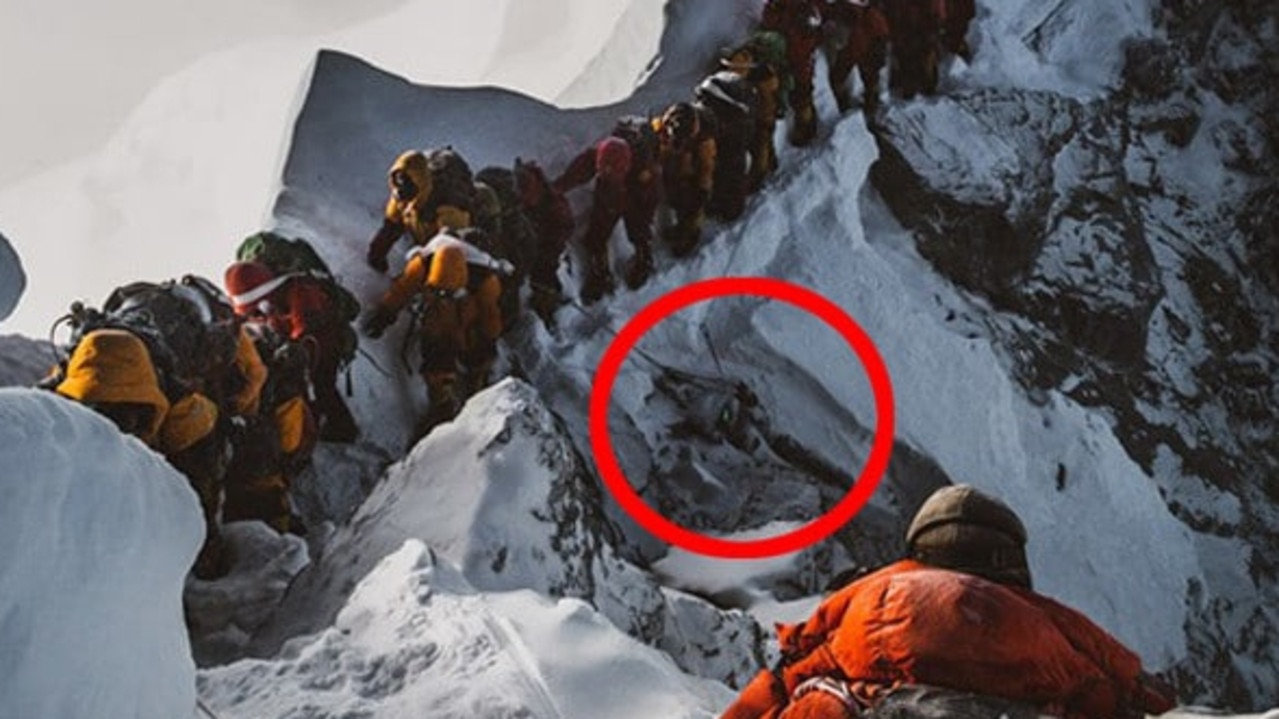
In an interview with The Atlantic, rock climber Alex Honnold said when it comes to scaling any summit — a mountaineer needs to know when to quit. It’s a rule, however, most adventure-minded people are not good at following
That word of advice is something Mr Lee struggled to follow — even when he was just minutes away from death.
When Mr Lee was discovered, the climbers used ropes and a yak to bring him down and take him to hospital in Nepal.
In the days after his rescue, the climber spoke of how things went wrong at 7500 feet in a matter of moments.
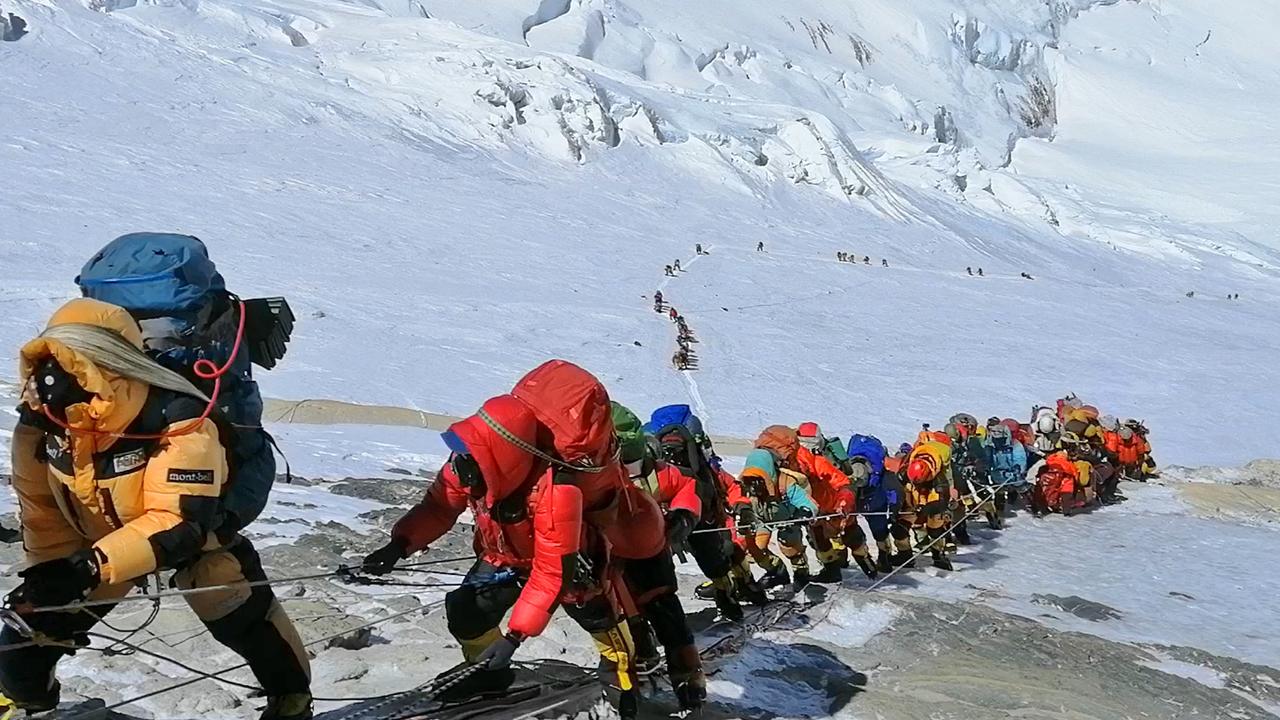
“Something went amiss on the summit push after C2 (Camp 2),” he said on a tweet in May.
“In hospital … surprisingly mum is here … which is good to get medical advice.
“Body wrecked with liver problems, no phone and vision damage. Piecing (together) what happened. Rest.”
Mr Lee’s dramatic rescue has come amid a horror season on Mt Everest, which has been marred by reports of human traffic jams as a record number of climbers scramble for the top.
Eleven people have died in little more than two weeks after poor weather cut the climbing window in half, leaving mountaineers waiting in long queues to the summit, risking exhaustion and running out of oxygen for that moment of glory.
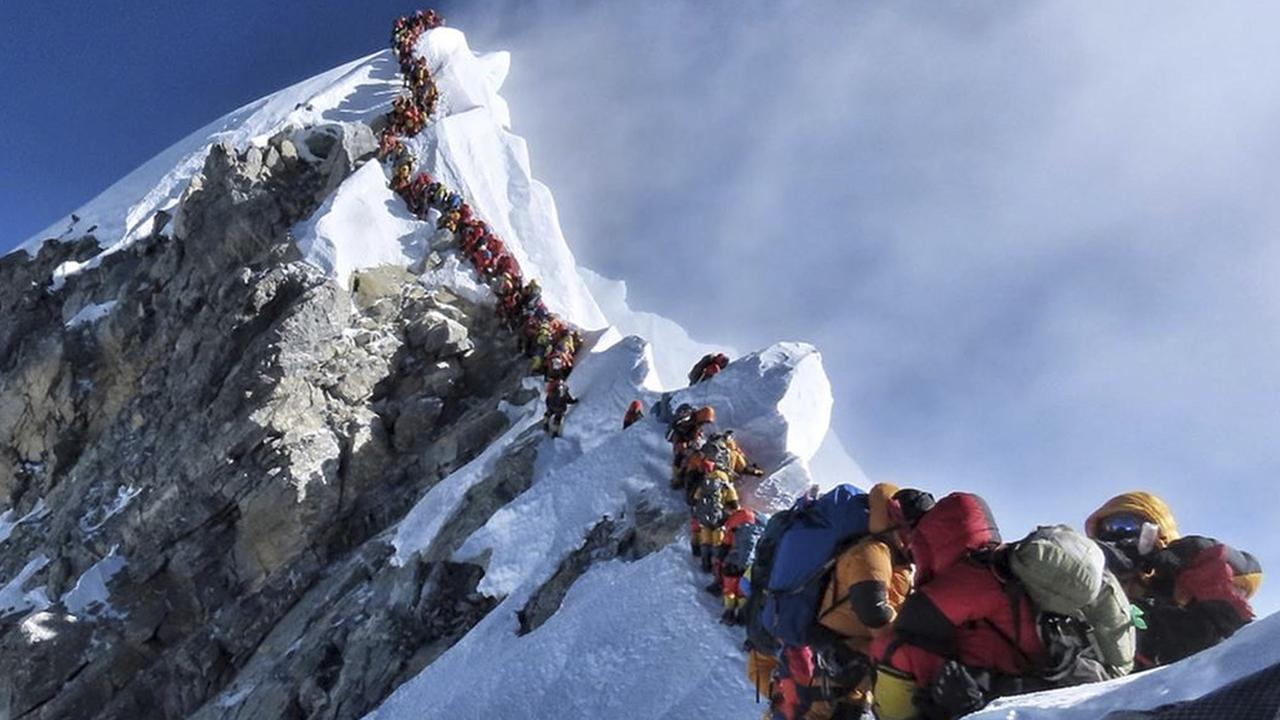
This year’s Everest toll is the deadliest since 2014-15 when huge earthquakes triggered devastating avalanches.
While more than 300 climbers have died on Everest since it was first conquered in 1953, this year has been one of the deadliest seasons on record.
Horror footage and photos in the ‘death zone’ of Everest during the Spring climbing season have shown mountaineers — some with minimal experience — crushed together in a “human traffic jam” as they battle the elements in an attempt to reach the summit. The ‘death zone’ is the final phase of the ascent from Camp Four at 8000 metres to the 8850-metre peak.
Experts say the increase in fatalities this year stems from poor weather cutting down the climbing window, leaving mountaineers waiting in long queues to the summit at risk of exhaustion and running out of oxygen.
The other issue is the amount climbers on the mountain, as the Nepalese government issued a record 381 permits to scale Everest this year despite a rising climber death toll.
However, Nepalese government minister Gokul Prasad Baskota said the congestion photo that went viral online wasn’t due to the mismanagement of permits but rather the inadequate training of some climbers.
When it comes to tackling Everest, there are no rules when it comes to leaving struggling climbers behind. Many choose to forge ahead in an attempt to ensure their own survival, meaning those in trouble are left behind.
This week, melting snow has uncovered even more bodies than originally thought, after a Nepal government expedition located four more dead bodies near the summit.
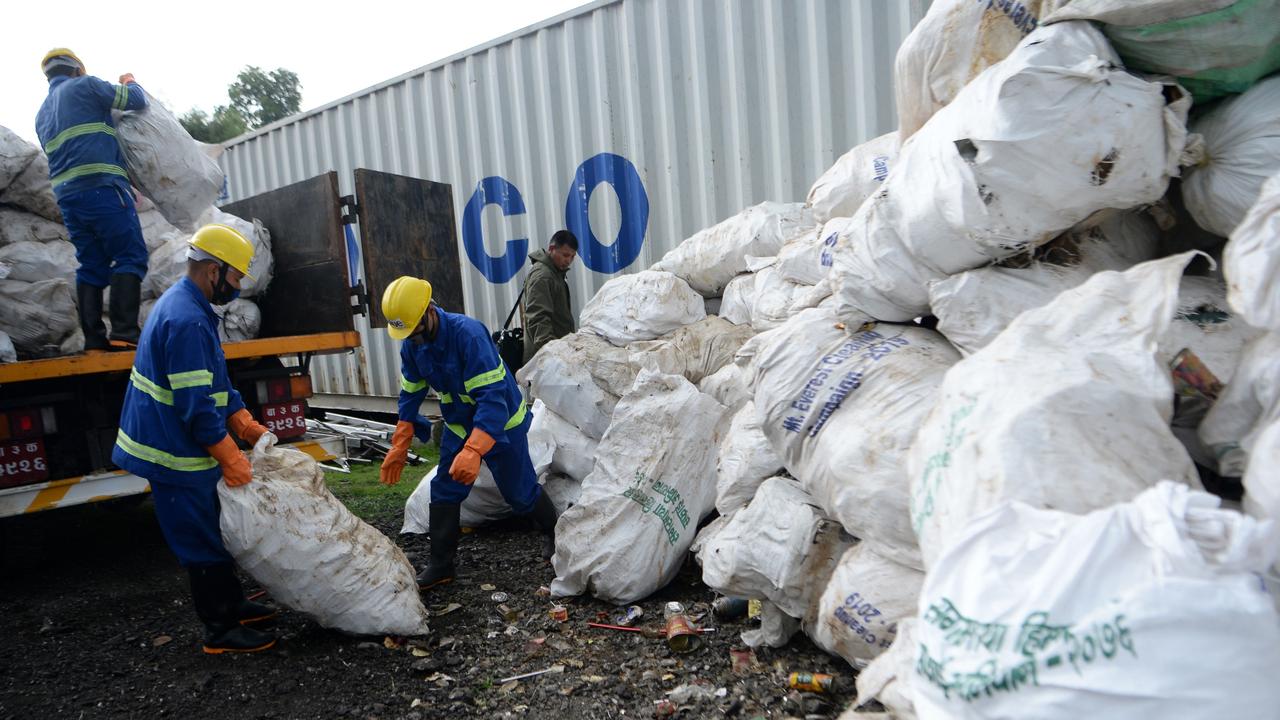
Tourism Department official Danduraj Ghimire said on Wednesday the four bodies were exposed by melting snow and were carried to base camp and then flown to a hospital in Kathmandu for identification.
The Nepal government expedition also removed 11,000 kilograms of garbage from the mountain, which is usually accumulated over the spring season which is known as the best time to climb.
Channel 7’s Sunday Night airs at 8.30pm on Sunday

